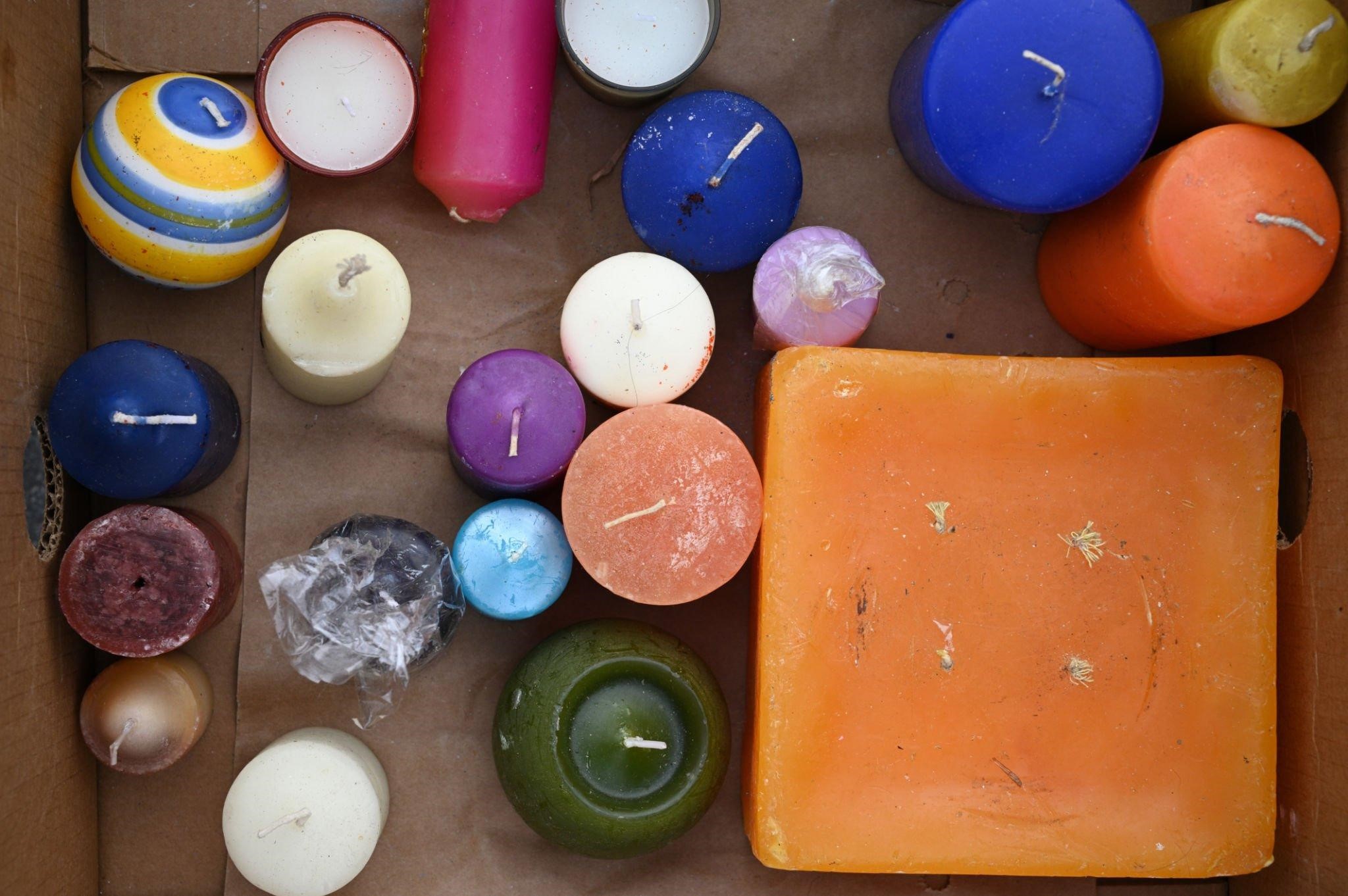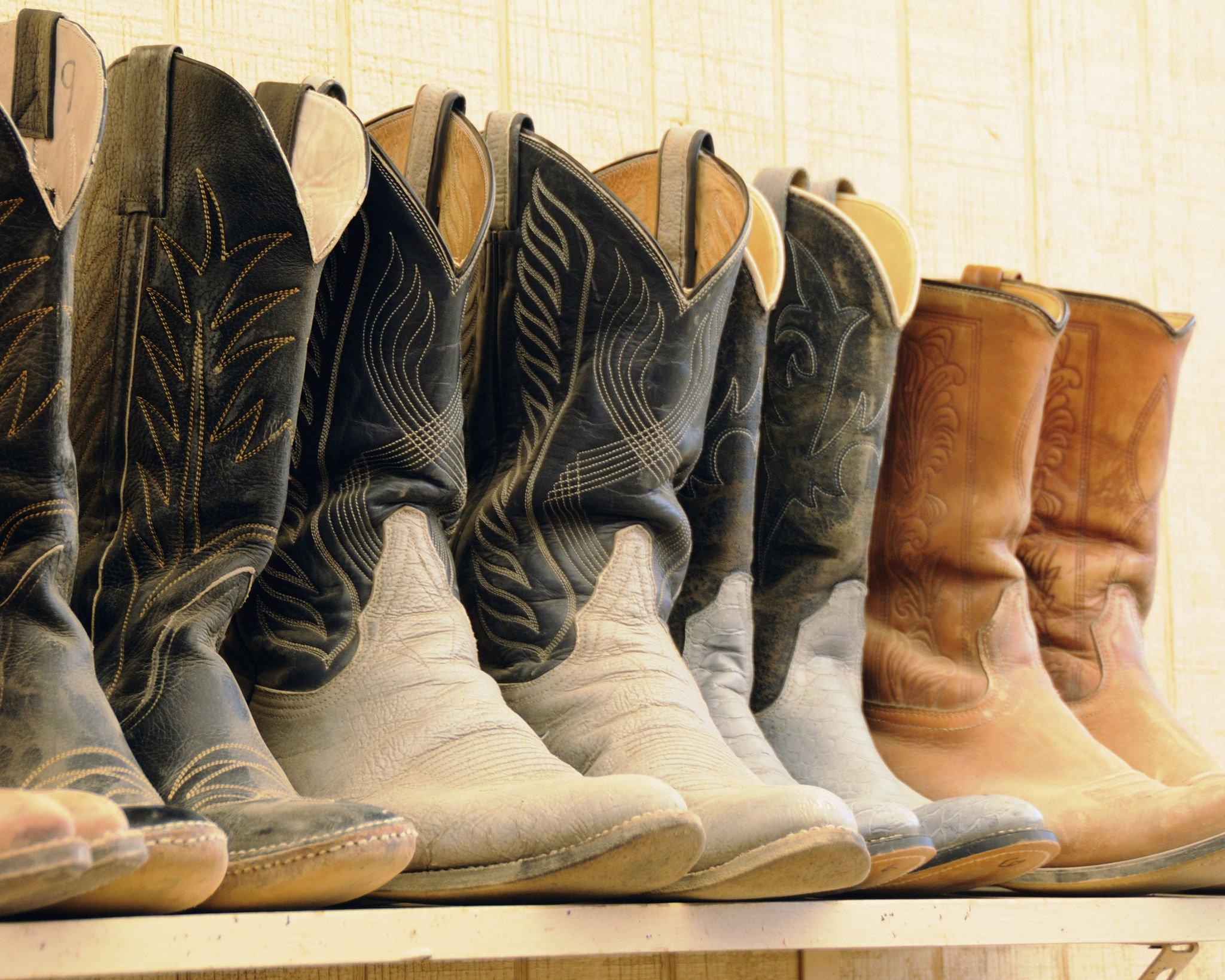Candlemaking was once a practical venture, but it has transformed into a vibrant form of artistic expression. At the core of this transformation lies the use of various candle dyes.
Candle dyes come in many types, each with unique characteristics, applications, and artistic potential.
Visit Candle Fantasy to understand the variety of Bekro Dye colors available for candle making. Bekro is a brand users buy because it is easy to use, eco-friendly, and affordable.

Candle dye types and uses
1. Candle Dye Blocks
Candle dye blocks, sometimes called dye bricks, are solid, concentrated forms of colorants.
- These blocks typically contain a mixture of dye and wax, requiring the candle maker to melt and mix them into the base wax.
- One of the distinct advantages of dye blocks is the ease of handling and storage.
- They come in various colors, and their concentrated nature allows for precise control over the intensity of the hue.
- Candlemakers often use blocks when aiming for bold and vibrant colors, as the solid form allows for more straightforward measurement and experimentation.
2. Liquid Candle Dye
Liquid candle dye offers a convenient and straightforward method for coloring candles.
- Available in various colors, liquid dyes are usually housed in small bottles with dropper caps for precise measurement.
- This water-soluble dye makes it easy to incorporate into the melted wax.
- Liquid dyes are famous for their ease of use and the ability to achieve consistent colors.
- Candlemakers appreciate their versatility, as liquid dyes can be mixed to create a broad spectrum of shades. However, caution must be exercised to avoid overdosing, as liquid dyes can be potent.
Read also: Five Approaches Regarding Easy Purchasing Shopping Through the Use of ADHD
3. Powdered Candle Dye
Powdered candle dye provides candle makers with a finely milled, dry form of colorant.
- This type of dye is often used for achieving softer, pastel hues and is particularly favored in artistic applications where subtle gradients or intricate patterns are desired.
- Candlemakers incorporate powdered dyes by mixing them into the melted wax thoroughly.
- While the powder form may pose challenges regarding accurate measurement and potential mess, skilled artisans appreciate the control it offers, allowing for precise color adjustments during the candlemaking process.
4. Candle Dye Chips
Candle dye chips, also known as dye flakes, are small, chip-like pieces of solid colorant.
- These chips are often made from a combination of dye and wax, similar to dye blocks.
- Candlemakers can easily measure and incorporate dye chips into the wax, ensuring an even distribution of color.
- Like dye blocks, chips offer the advantage of simplicity in storage and handling.
- Candle dye chips are famous for creating nuanced colors. They are often chosen by artisans who seek a balance between the ease of use found in liquid dyes and the precision achievable with solid dye blocks.

Conclusion
The diverse array of candle dye types gives artisans a rich palette to bring their creative visions to life.
Whether opting for the concentrated boldness of dye blocks, the convenience of liquid dyes, the subtlety of powdered dyes, or the balance of dye chips, candle makers can tailor their choices to match the artistic goals of each project.
As the art of candle making continues to evolve, so does the exploration of these diverse dye types, enhancing the craft and ensuring that each candle is not just a source of light, but a unique work of art.


